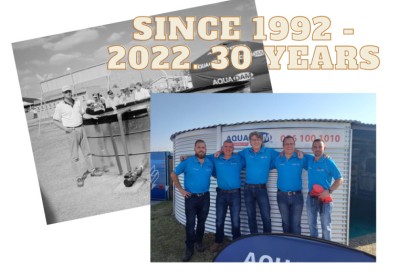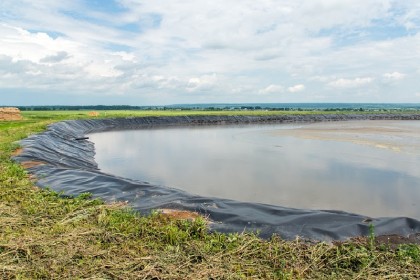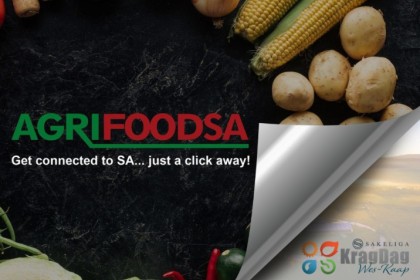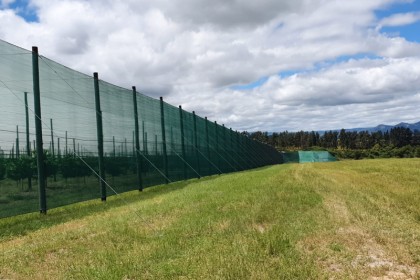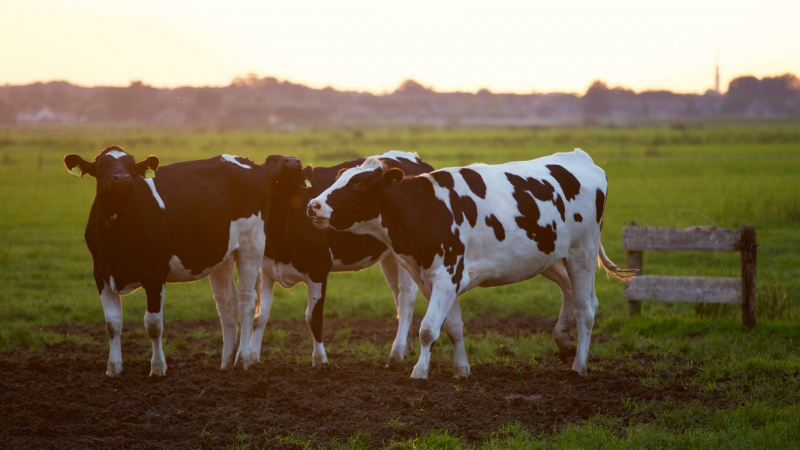
From Farm to Shelf – Milk’s Journey
For those of us who are not involved in the dairy industry, we are uncertain of what our milk goes through before it lands up on the shelf. Milk is actually a speedily produced product which goes from farm, to processing plant, to shelf, typically within 48 hours.
Each of these steps ensures that the milk is of good quality and safe for consumers to drink. The farmers have to ensure that precautionary measures are taken, and need to comply with various industry regulations, in the same way that processing plants do. Let’s follow the journey that milk takes from farm to shelf and find out how these processes are executed and optimised.
Dairy Farms
Most dairy farmers know that quality, wholesome milk begins with proper care of their dairy cows. In practice, this includes giving the cows the correct animal nutrition products to optimise production and promote healthy cows. Other factors include regular veterinary care, and comfortable living conditions. To keep cows healthy, farmers are encouraged to work with animal nutritionists to combine ingredients and products into their diet in order for the animals’ nutritional requirements to be met. Cows produce milk once they have delivered a calf, they are then milked two to three times a day where the milk is then captured and stored, ready for delivery to processing facilities.
Dairy Processing Facilities
When the milk is delivered to the dairy processing facility, there are various steps in order to make the milk ready to drink. This includes standardisation, where the different types of milk fat percentages are created, such as full cream, low fat, or skim milk. After this, milk is pasteurized to kill bacteria and extend shelf life, this is then followed by homogenization. Homogenization disperses milk fat to create a uniform mixture, preventing the cream from separating. Dairy processing facilities make use of specialised machinery in order to speed up the process. To increase productivity, processes are completed with the use of industry-specific conveying equipment, such as the applications supplied by IRP Engineering Plastics. Once the milk has been thoroughly treated and packaged, the processing step is complete.
Ready for Purchase
After having been processed, the milk is then packaged and ready to hit the shelves at your local grocery store. Now that you know all about the journey of your favourite milk products, remember to check out the products and solutions available for all agribusiness sectors on the Agrifood SA product directory.







